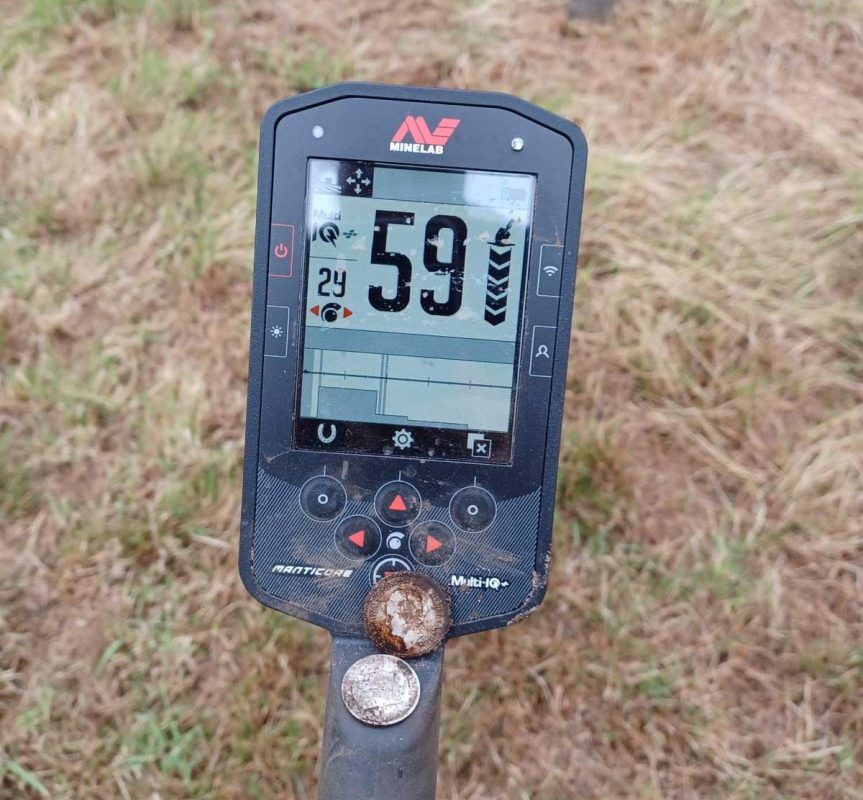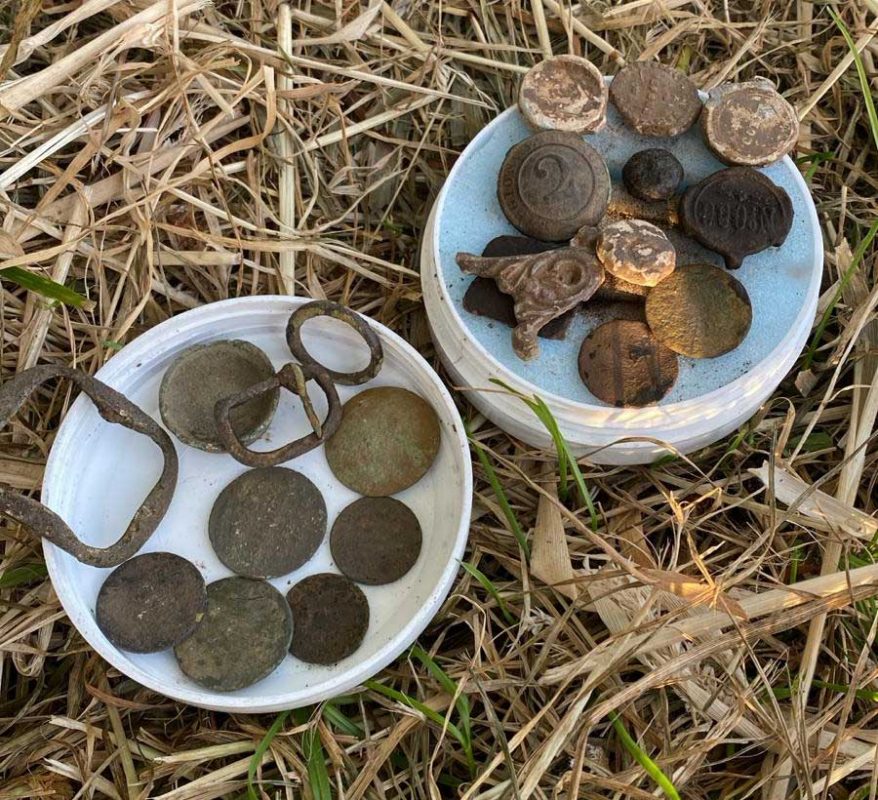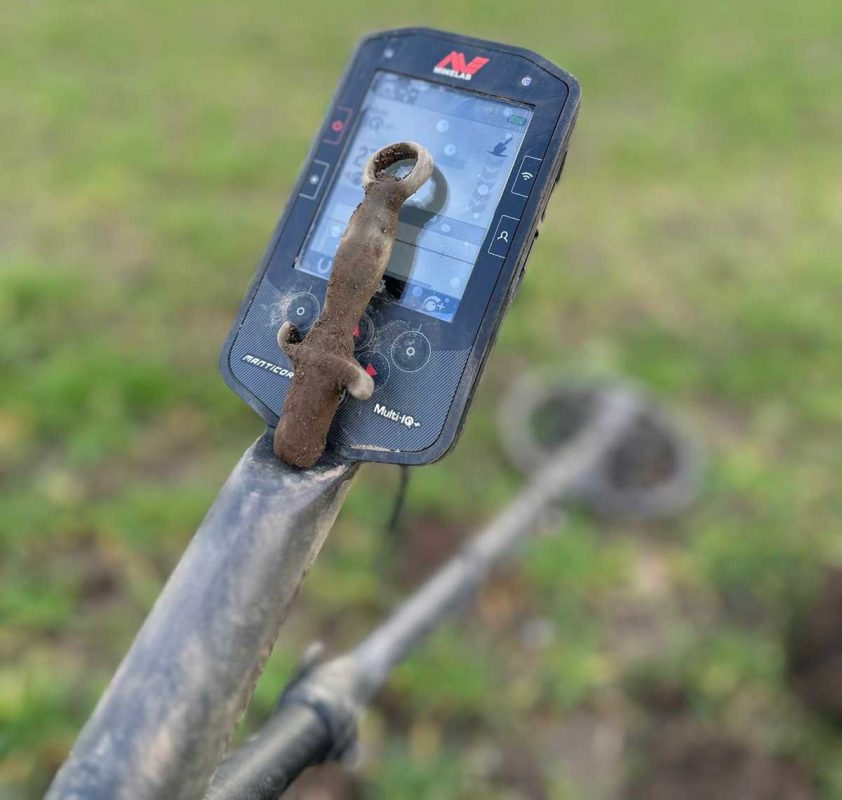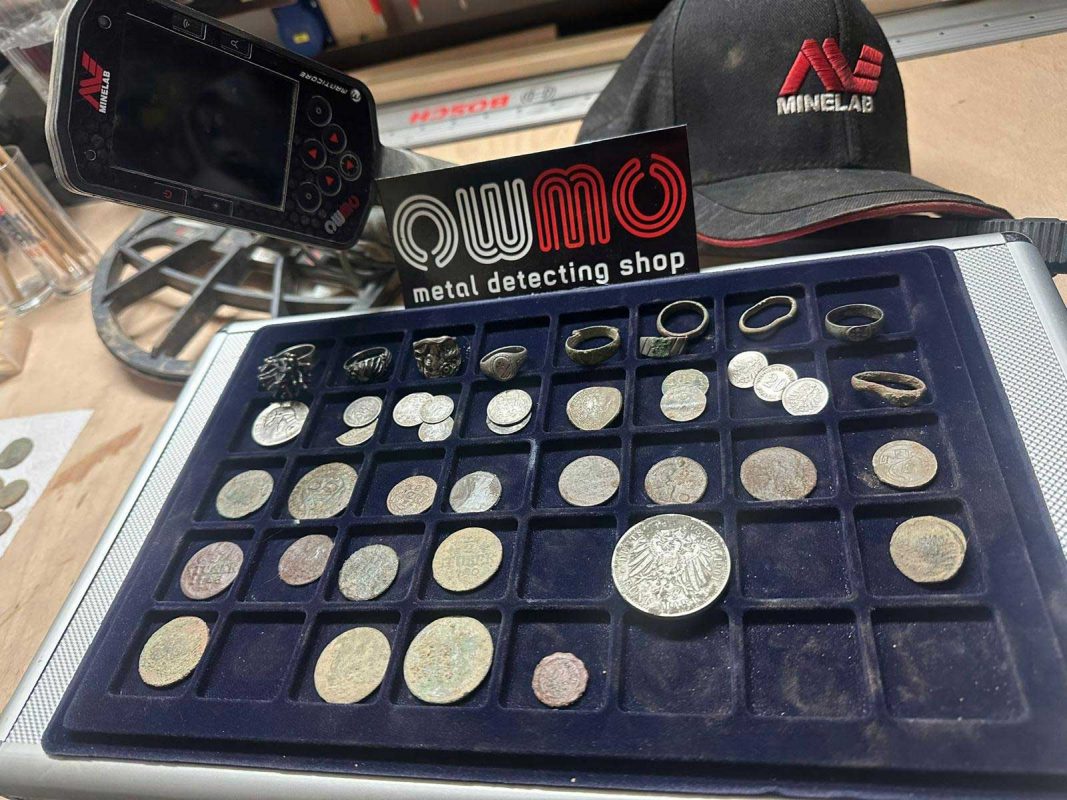Tips and tricks
What do conductance values mean for metal detectors?
How to use conductance on a metal detector – Are you ready to become a master at identifying metal detecting targets?
Whether you're a beginner or an experienced detectorist, understanding how to decipher the signals and clues by using your metal detector's conductance is crucial to discovering hidden treasures. Identifying targets while metal detecting is like solving a fun puzzle!
In this article, I will delve into the exciting world of using conductance (Target ID), discrimination settings, listening to your metal detector, and practicing digging techniques to equip you with the essential knowledge to better understand what your metal detector is would like to share with you.
Let's go over some tips to help you become an expert at identifying what's hidden underground while you're out metal detecting.

Listen to your detector
Your metal detector is your faithful companion. Pay attention to the sounds it makes when you walk over a target. Different targets produce different noises or tones. For example, coins might sound different than bottle caps or nails. By listening carefully, you can begin to notice patterns and get a sense of what you may have found.
Remember: tones are more reliable than conductance values.
Watch the conductance
Many metal detectors display target identification guides or symbols on their display. These conductance values can give you an indication of the type of target detected. For example, a high conductance could indicate a coin, while a low conductance could be a piece of foil. Take some time to study your detector's conductance patterns and become familiar with them. It's like deciphering a secret code!
In metal detecting, conductances refer to the numbers or symbols that appear on your metal detector's display and provide information about the type of target being detected.
While conductances can vary depending on the specific model and brand of your detector, there are some general conductance categories that are common:
Ferrous targets vs. non-ferrous targets
Ferrous targets are objects that contain primarily iron. They typically register as negative conductances on the scale of Minelab machines and are often in the range of -18 to 0. On other machines they appear as low conductances such as 0-20. Examples of iron-containing targets include nails, screws, bottle caps, and other iron waste. These targets are typically considered trash or unwanted items for modern treasure hunters.
Non-ferrous targets are objects that do not contain iron. They typically register as higher conductance values (30+) on the scale of many detectors. These include various valuable items such as coins, jewelry, relics and other non-ferrous metals that are in high demand such as copper, brass, silver or gold.

Pull tabs
Soda can pull tabs or older can lid rings can produce target IDs that are within a certain range. They can vary depending on the type and size of the pull tab, but often register in the middle range of the conductivity scale. These mid-range tones are common with gold targets, and if you want to find gold with your metal detector, you'll need to dig up these mid-range targets. Therefore, you should expect a lot of pull tabs.
Relics and jewelry targets
Other targets such as jewelry, artifacts, or unique items may have specific target IDs based on their composition, size, or shape. These targets can vary significantly, and it is critical to become familiar with your detector's specific target IDs through practice and experience.

CAUTION:!

